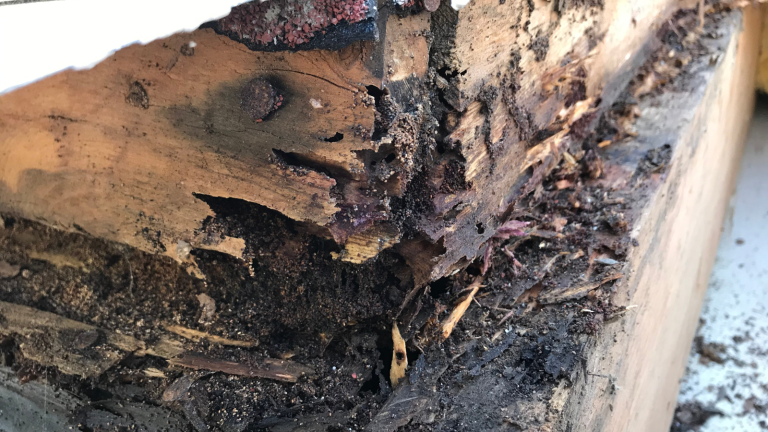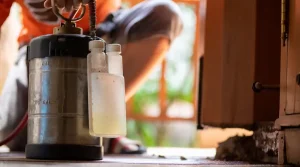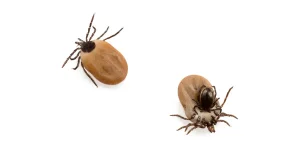The reason termites are referred to as “silent destroyers” is because they may seriously damage homes and buildings if not stopped. This is a big problem for both homeowners and businesses. It’s essential to know about the money issues related to termite problems, like how much it costs to get rid of them and why we need good ways to control them. Knowing this stuff helps keep property values high and saves money on fixing things. In this blog post, we’ll talk about how termites affect the economy and give tips on finding and repairing termite damage.
Need pest control services at competitive rates? You’re in luck! Servicing Vista, California, Vista Pest Control offers affordable solutions for both residential and commercial properties. Don’t hesitate to contact us for more information.
Why Termites Matter Economically
Termites are good at breaking down dead wood and other natural materials, but when they start eating into buildings, it costs a lot of money to fix. This affects not only homeowners and businesses but also insurance companies. So, termites are more than just a bug problem but also a big money problem that needs attention.
The Economic Consequences of Termite Infestations
Termite-related damages incur substantial expenses, totaling approximately $5 billion annually in the United States. These costs encompass repairs, treatments, and preventative measures. Unlike other pests, termites have the unique ability to weaken structures, leading to costly maintenance typically not covered by insurance. Consequently, this not only burdens homeowners but also drives up insurance premiums and diminishes property values across the board.
The Significance of Efficient Termite Control
Maintaining effective termite management is paramount for preserving property values and avoiding future expenses. Routine inspections and prompt interventions can halt the escalation of termite issues. Effective termite management entails deploying barriers, traps, and swift treatment methods to deter their activity. By vigilant monitoring for termites and intervening promptly, property owners can circumvent substantial repair costs and safeguard their investments.
Comprehending the Full Spectrum of Termite Treatment Expenses: Essential Factors to Consider
In assessing the costs associated with termite treatment, it’s imperative to understand the array of elements that contribute to the overall expenditure:
1. Severity of Infestation: The degree of infestation directly impacts the cost, with more severe cases requiring more extensive and prolonged treatment measures.
2. Termite Species: Different termite species necessitate unique treatment approaches. For instance, subterranean termites often require more comprehensive strategies compared to drywood termites.
3. Treatment Techniques: The chosen treatment method—whether chemical applications, bait systems, or heat treatments—affects the cost, each with its distinct advantages and limitations.
4. Property Size and Complexity: Larger properties or those with intricate structures may incur higher treatment expenses due to the expanded treatment area and complexity involved.
5. Geographic Location: Termite prevalence varies geographically, influencing the cost and accessibility of treatment services.
Guidelines for Detecting and Resolving Termite Damage
Swift detection of termite damage is essential to mitigate repair costs. Here are some recommendations for identifying and remedying termite damage:
1. Regular Inspections: Make routine examinations of your property, focusing on wooden structures and foundations. Keep an eye out for indicators like abandoned wings, mud tubes, and timber that sounds hollow.
2. Professional Assessment: If you suspect termite activity, Consult a professional in pest control for assistance for a comprehensive evaluation and precise diagnosis.
3. Timely Remediation: Take immediate action to rectify any termite-induced damage to prevent further deterioration. This may involve replacing affected wood and implementing treatments to eliminate remaining termites.
4. Preventive Measures: Implement preventive measures to deter termite infestations, including installing physical barriers, using treated wood, and ensuring proper property drainage.
5. Ongoing Maintenance: Remain vigilant by regularly monitoring and maintaining your property to sustain the effectiveness of termite control measures and promptly address any new infestations.
Conclusion
The financial effects of termites on property values and maintenance expenses are significant. Property owners can safeguard their investments and mitigate substantial costs by understanding the financial implications of termite infestations and the importance of efficient control measures. Regular inspections, professional treatments, and timely repairs are crucial strategies for minimizing the economic impact of termites. By remaining vigilant and taking proactive steps, you can uphold the safety, integrity, and termite-free status of your property.





